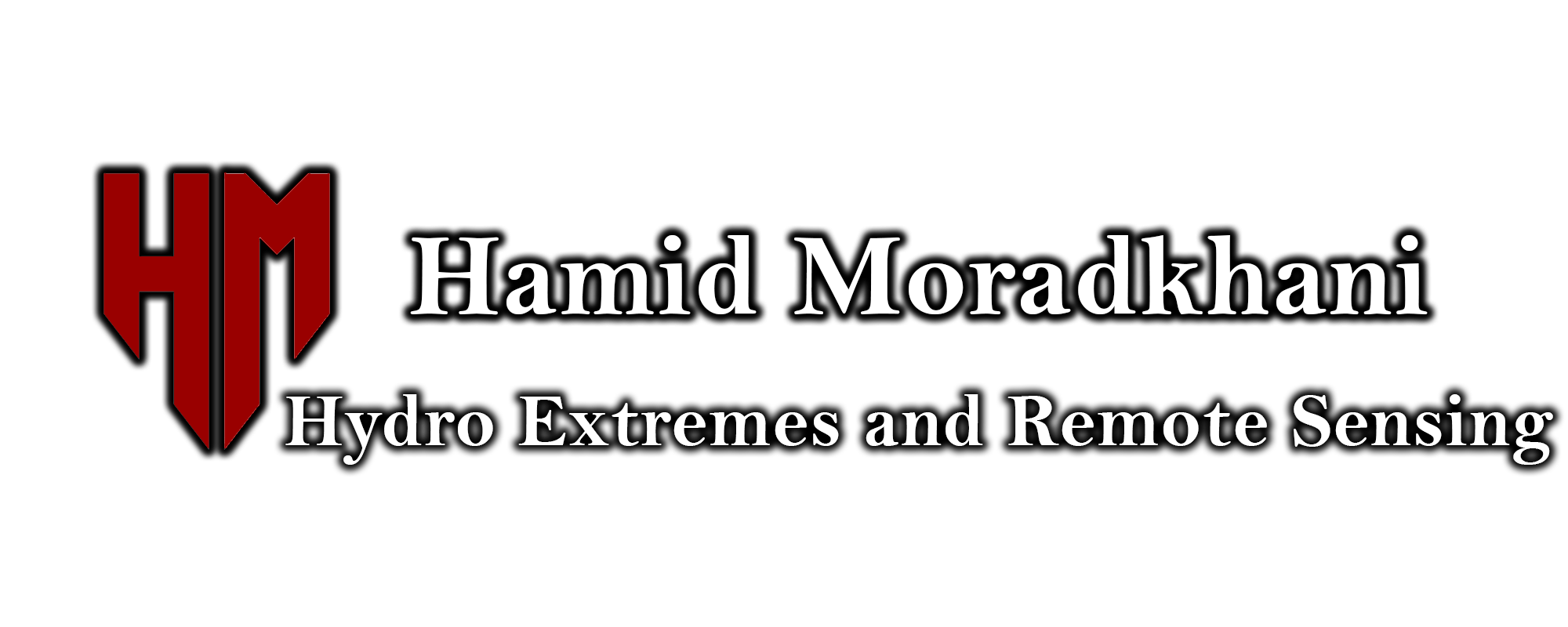Machine Learning, Deep Learning, and Data Analytics
This section explores the innovative applications of machine learning, deep learning, and data analytics across various domains, highlighting their pivotal role in advancing environmental sciences, agriculture, and disaster management. Through the integration of convolutional neural networks, LSTM architectures, and data fusion techniques, these studies enhance the precision and effectiveness of regional flood mapping, crop yield forecasting, and drought monitoring. The research demonstrates significant improvements in environmental risk assessments, particularly in accurately mapping flood zones and monitoring drought conditions through advanced satellite data analysis. In agriculture, the application of sophisticated AI models to remote sensing data revolutionizes crop yield predictions, offering more accurate and probabilistic estimates that account for inherent uncertainties. Furthermore, the application of data analytics and natural language processing (NLP) to social media content offers deep insights into public sentiment and disaster awareness, improving emergency response and communication strategies during crises. Additionally, the adoption of large language models like ChatGPT in hydrology and earth sciences underscores their potential to support research and education, while also addressing the ethical and practical implications of AI in scientific inquiry. Collectively, this research not only underscores the significant impact of advanced machine learning techniques in addressing key global challenges but also points to the future direction of scientific inquiry and innovation in environmental science and disaster management.
- Abbaszadeh, P., H. Moradkhani, X. Zhan (2019), Downscaling SMAP Radiometer Soil Moisture over the CONUS Using an Ensemble Learning Method, Water Resources Research, 54. doi:10.1029/2018WR023354.
- Alipour, A. , A. Ahmadalipour, P. Abbaszadeh, and H. Moradkhani (2020), Leveraging machine learning for predicting flash flood damages in the Southeast US, Environmental Research Letter. 15, 2, doi:10.1088/1748-9326/ab6edd
- Munoz, D., P. Munoz, H. Moftakhari, and H.Moradkhani (2021) From Local to Regional Compound Flood Mapping with Deep Learning and Data Fusion Techniques, Science of The Total Environment, doi: 10.1016/j.scitotenv.2021.146927
-
Abbaszadeh, P., H. Moradkhani, K. Gavahai, S. Kumar, C. Hain, X. Zhan, Q. Duan, C. Peters-Lidard, and M. Karimiziarani (2021) High-Resolution SMAP Satellite Soil Moisture Product: Exploring the Opportunities, Bulletin of the American Meteorological Society, doi: 10.1175/BAMS-D-21-0016.1
- Gavahi, K., P. Abbaszadeh, and H. Moradkhani (2021), DeepYield: A Combined Convolutional Neural Network with Long Short-Term Memory for Crop Yield Forecasting, Expert Systems with Applications, doi: 10.1016/j.eswa.2021.115511
- Abbaszadeh, P., K. Gavahi, A. Alipour, P. Deb, H. Moradkhani (2022), Bayesian Multi-modeling of Deep Neural Nets for Probabilistic Crop Yield Prediction, Agricultural and Forest Meteorology, 314, 108773, doi:10.1016/j.agrformet.2021.108773.
- Karimiziarani, M., Jafarzadegan, K., Abbaszadeh, P., Shao, W., H. Moradkhani (2022), Hazard Risk Awareness and Disaster Management: Extracting the Information Content of Twitter Data, Sustainable Cities and Society, doi:10.1016/j.scs.2021.103577.
- Foroumandi, E., V. Nourani, J. Huang, and H.Moradkhani (2023), Drought Monitoring by Downscaling GRACE-Derived Terrestrial Water Storage Anomalies: A Deep Learning Approach, Journal of Hydrology, doi:10.1016/j.jhydrol.2022.128838.
- Karimiziarani, M., W. Shao, M. Mirzaei, and H. Moradkhani (2023), Toward Reduction of Detrimental Effects of Hurricanes using a Social Media Data Analytic Approach: How Climate Change is perceived?, Climate Risk Management, doi:10.1016/j.crm.2023.100480
- Karimiziarani, M., and H. Moradkhani (2023), Social response and Disaster management: Insights from Twitter Data Assimilation on Hurricane Ian, International Journal of Disaster Risk Reduction, doi:10.1016/j.ijdrr.2023.103865
- Gavahi, K., E. Foroumandi, and H. Moradkhani (2023), A deep learning-based Framework for Multi-source Precipitation Fusion, Remote Sensing of Environment, doi:10.1016/j.rse.2023.113723
-
Yarveysi, F., A. Alipour, H. Moftakhari, K. Jafarzadegan, and H. Moradkhani (2023), Block-level vulnerability assessment reveals disproportionate impacts of natural hazards across the conterminous United States, Nature Communications, doi:10.1038/s41467-023-39853-zAnd Ehsan's paper on DROGAN
- Foroumandi, E., H. Moradkhani, X. Sanchez-Vila, K. Singha, A. Castelletti, and G. Destouni (2023), ChatGPT in Hydrology and Earth Sciences: Opportunities, Prospects, and Concerns, Water Resources Research, doi:10.1029/2023WR036288
- Foroumandi, E., K. Gavahi, and H. Moradkhani (2024), Generative Adversarial Network for Real-time Flash Drought Monitoring: A deep Learning Study, Water Resources Research, doi: 10.1029/2023WR035600.













